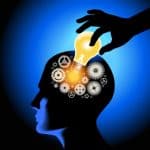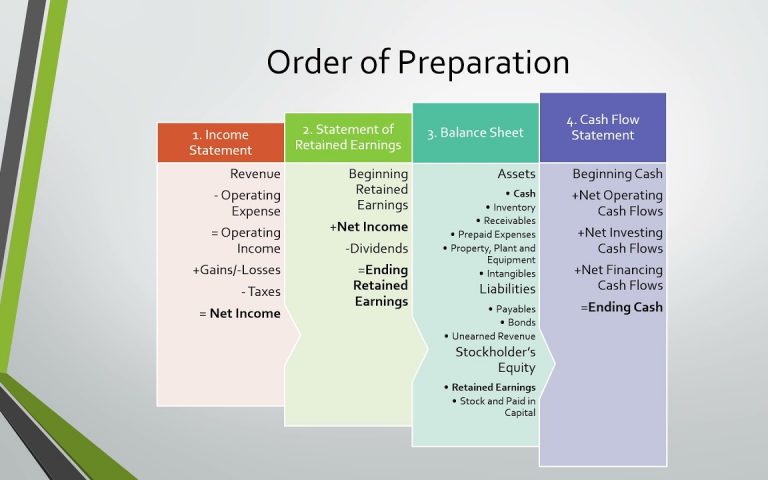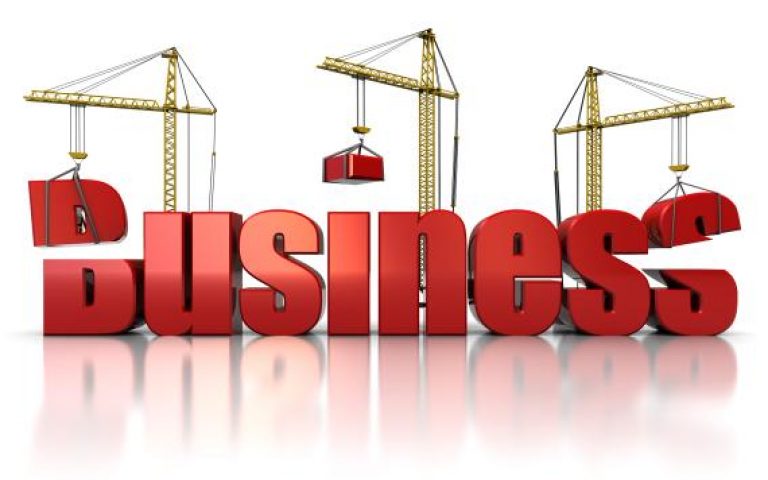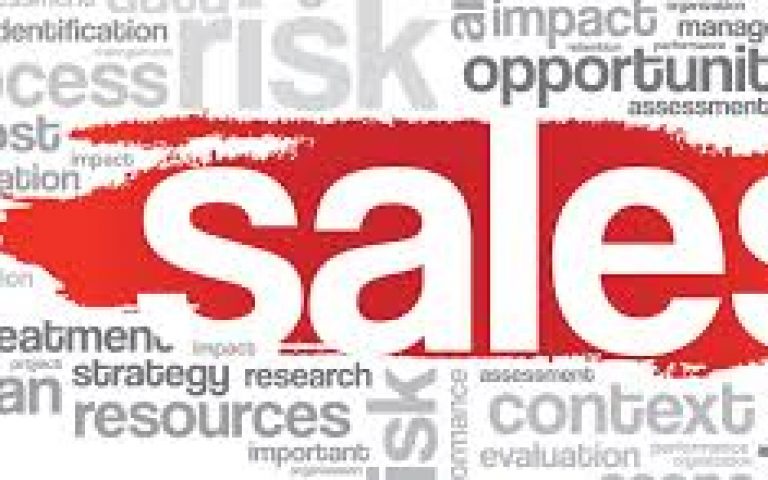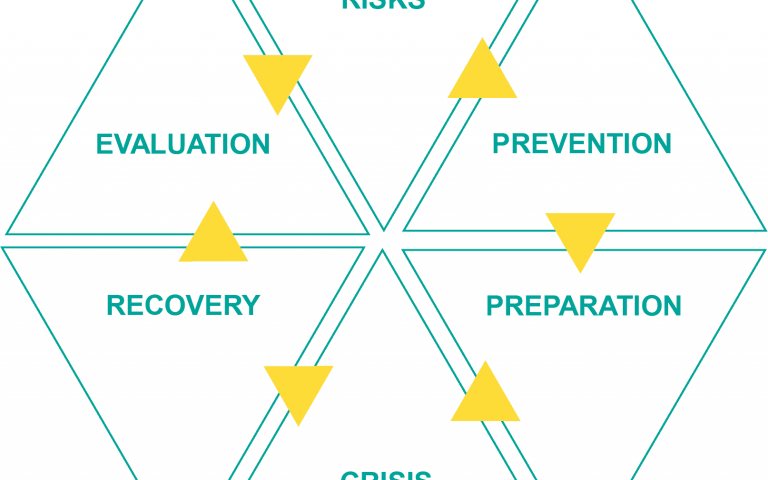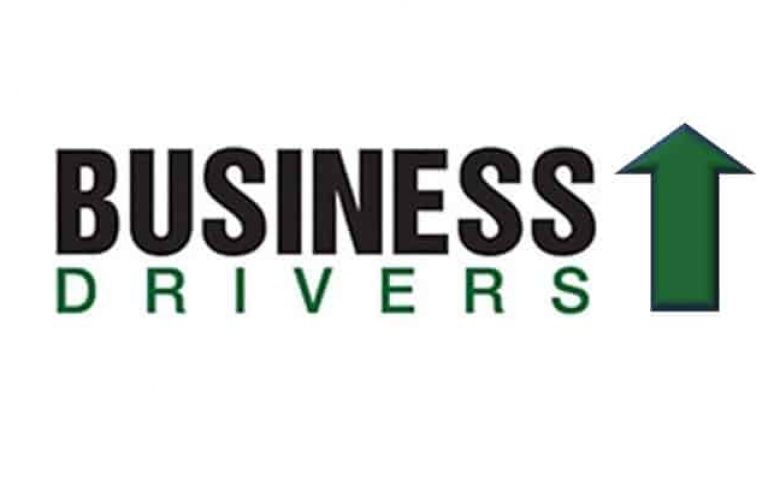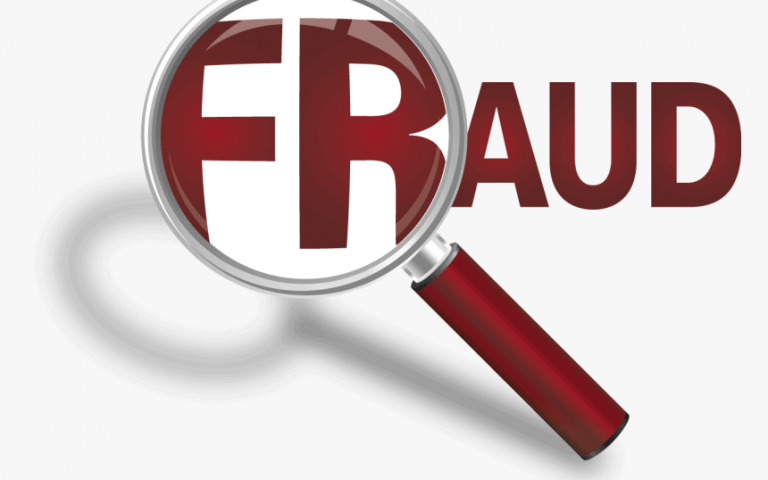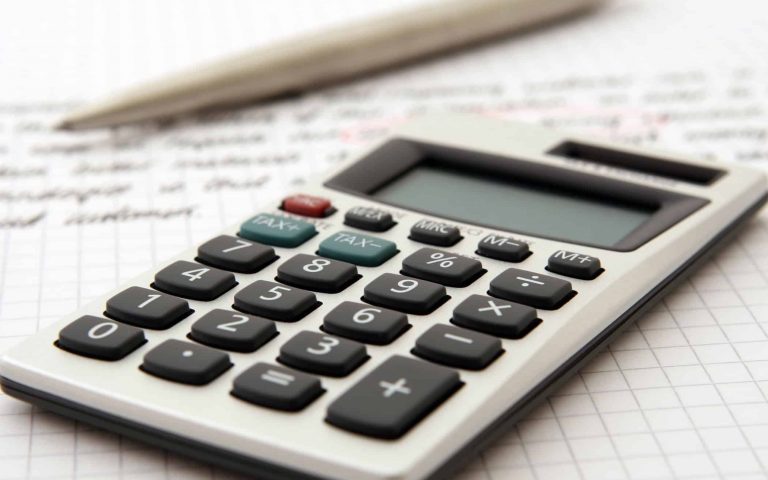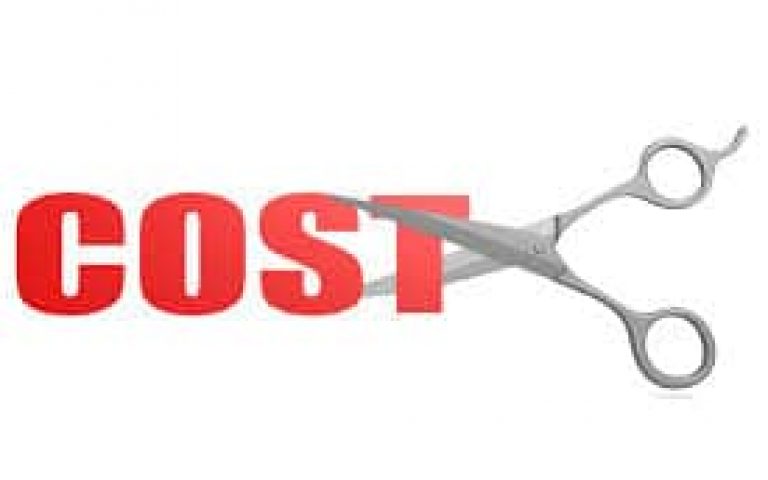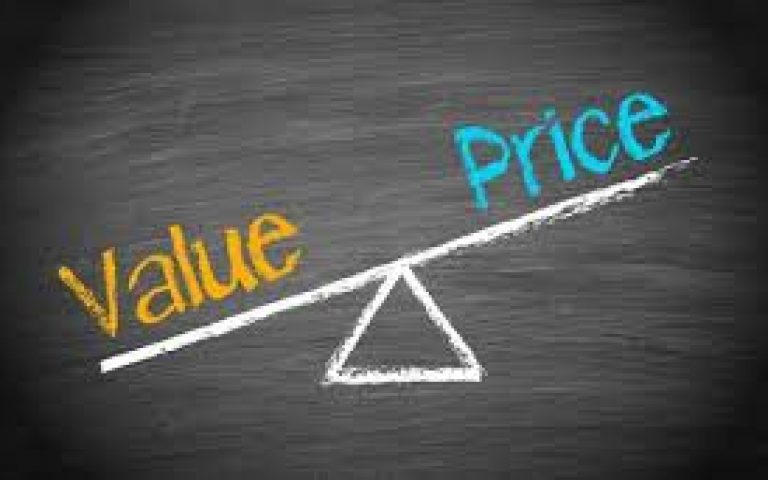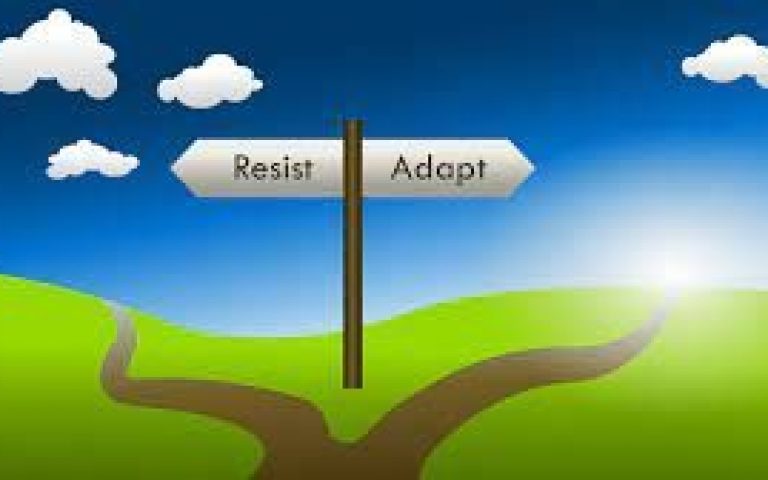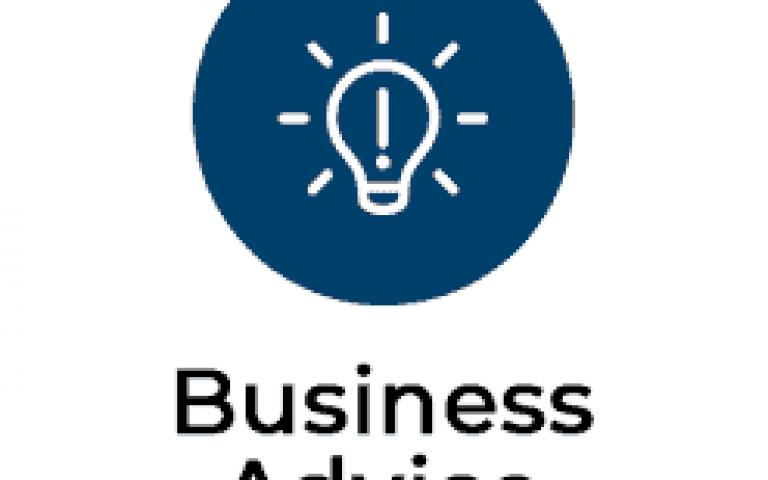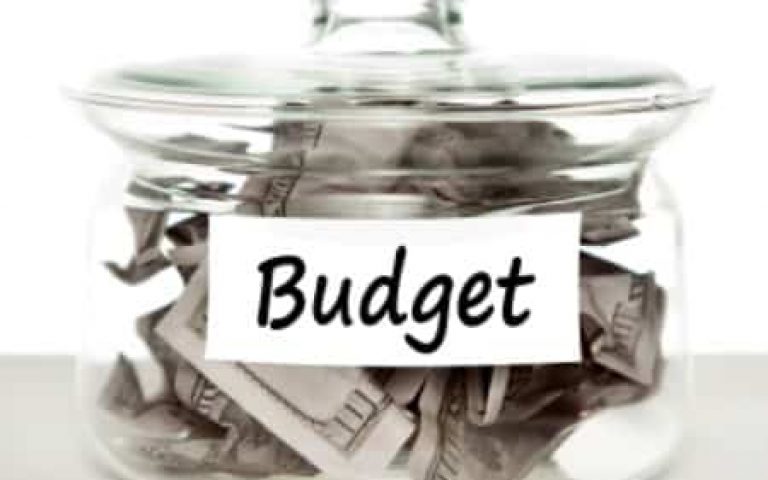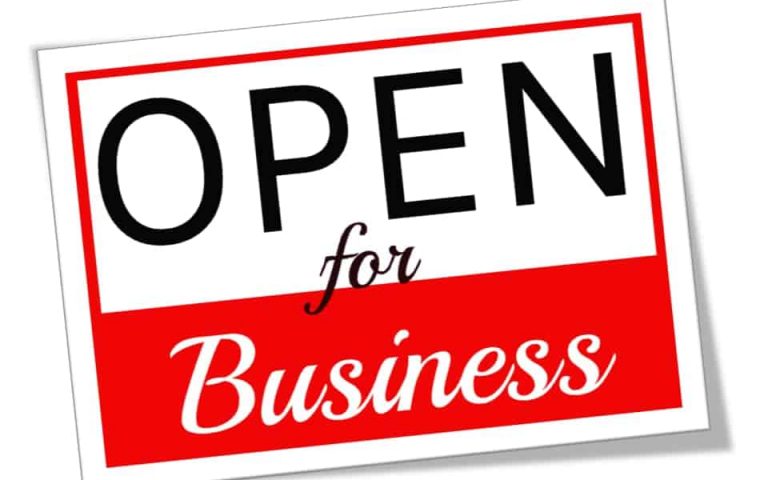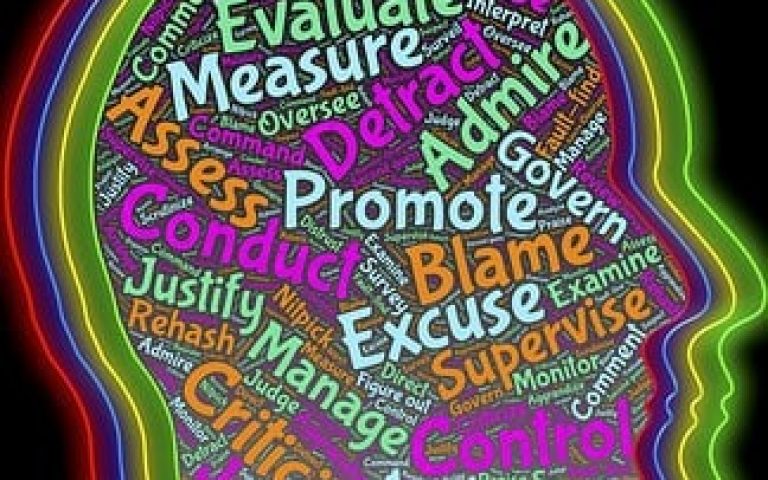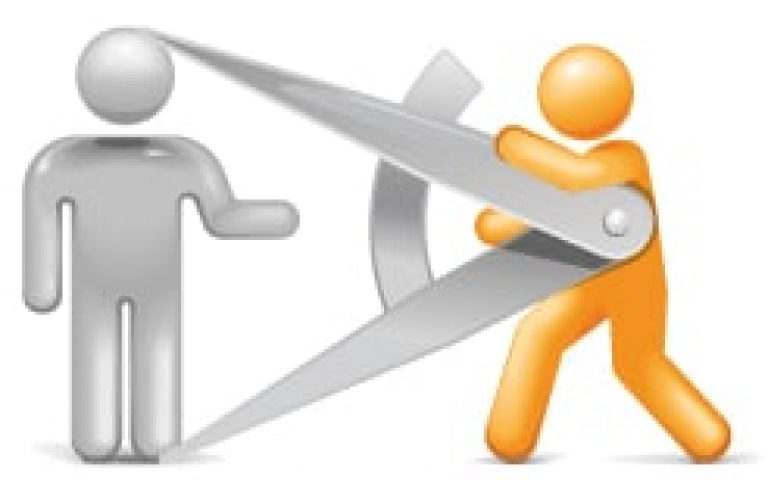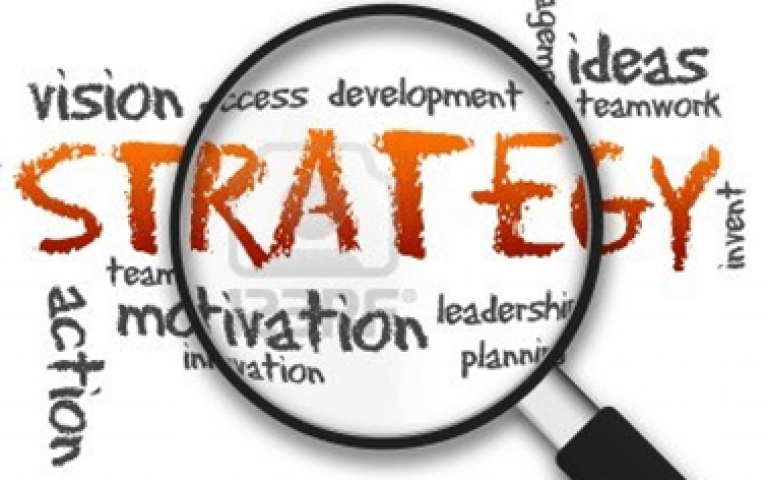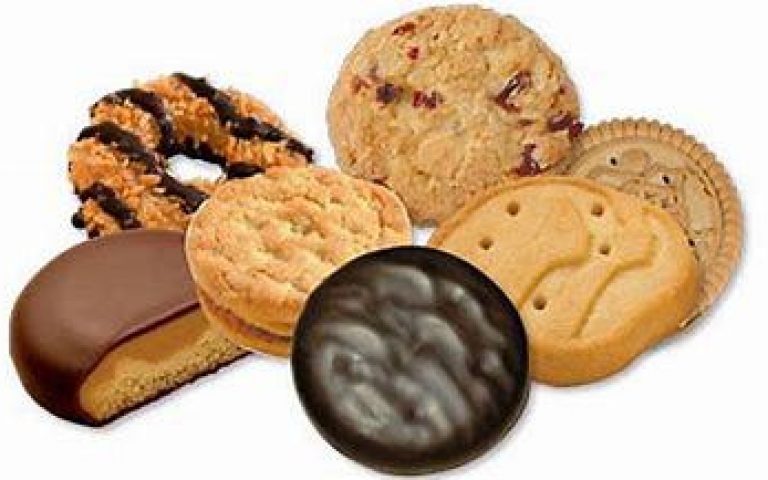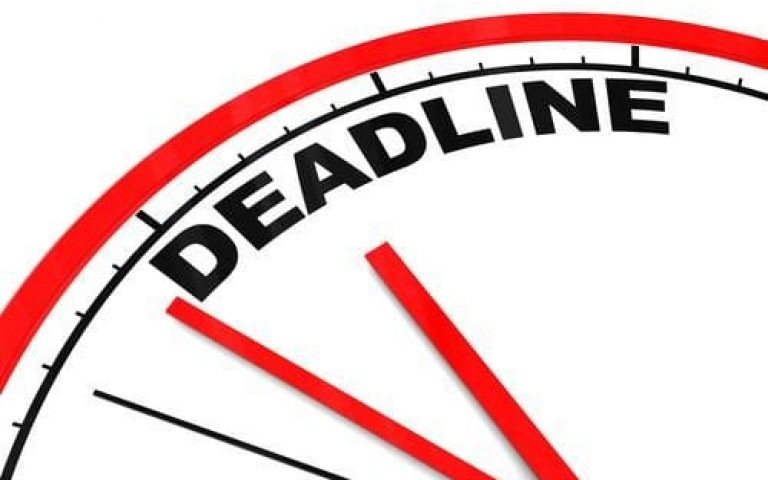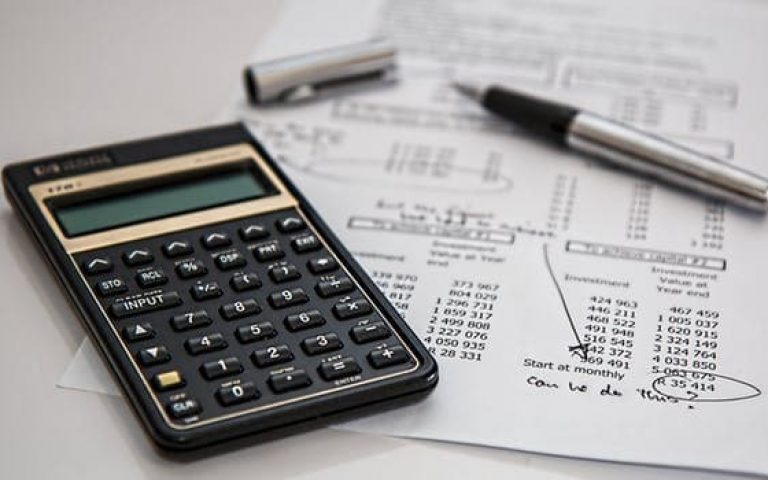Have you ever wondered if there is ONE business formula that is consistent across ALL types of businesses? ONE master reference point that summarizes the KEY DRIVERS OF BUSINESS that can be applied universally across all businesses. A common language that can help a technology business owner learn from a delivery company or a retail store owner learn from a farmer. A formula that can serve as a tool to help ‘the board room’ clearly connect with ‘the break room’ and serve as the foundation for virtually all aspects of the business including goal setting, job descriptions, performance reviews, monthly dashboards, strategic planning, and overall profitability.
No such thing exists right? Wrong, such a thing exists and it’s not new and it’s not proprietary. It’s taught in various forms at business schools and certificate programs, it’s modified and presented by business gurus such as Eric Degen, Brian Tracy and Stephen Covey. High functioning companies have it figured out and internalize it in their own way.
So without further ado, here it is… THE Universal Business Formula:
L x CR = C x T x R/T = R x PM = P
The variables in this formula are:
L = LEADS: Every business has leads. Their definition of the term may vary and so may their focus as to the level of the lead that they are most interested (i.e. suspect, prospect, qualified, etc.) but every business has leads. What are ‘leads’ to your business?
CR = CONVERSION RATE: Every business works to ‘convert’ leads into paying customers but every business does not track and manage their ‘conversion rate’. Do you?
C = CUSTOMERS: The customers of a business are the result of the process of ‘generating leads and converting leads’. If you are about getting new customers – what higher priorities would you have than to improve your ‘leads’ and improve your ‘conversion process’?
T = TRANSACTIONS: How many times a year does the customer buy? For a retailer this frequency may be measured with terms such as ‘weekly’ or ‘monthly’ and for businesses dealing with RFP-based multi-year contracts maybe this is measured in ‘years’. Some restaurants and coffee shops may be able to measure in terms of ‘daily’ frequency? Do you know how frequently a customer buys from you? How would you try to increase that number?
R/T = REVENUE PER TRANSACTION: How much does a customer buy when they buy? For the coffee shop with a daily customer the answer may be $3.00 on average. For an RFP-based multi-year logistics business the answer may be $3 million. Do you know the ‘Average Sales per Transaction’ for your business? How would you increase this number? When was the last time you adjusted your prices?
R = REVENUE: A company’s revenue is the result of the number of customers, their frequency of purchase, and how much they buy per purchase. This is true for Wal-Mart, its true for your child’s lemonade stand and its true for your business. For all you talk about revenues in your business do you ever take that kind of perspective?
PM = PROFIT MARGIN: The higher your Profit Margin percentage the higher your profits. Profit margin takes into account a plethora of business functions and expenses such as your cost of goods, direct expenses, labor costs, overhead expenses, charitable donations, and other expenses. This variable covers a lot of functions and departments inside a business but it can represent a ‘common bottom line focused rally point’ for diverse functions in the business. How do you get the Director of HR, the Call Center Manager, the VP of Operations, and the Controller ‘on the same page’? Perhaps you start by labeling the page “Annual Profit Margin Percentage” and tie their bonuses into it?
P = PROFIT: This is the ‘bottom line’. ‘Profit’ can have slightly different meanings depending on context… it can indicate ‘EBIT’ to one organization, ‘Unit Contribution’ to another, and ‘Revenue over Expenses’ to a non-profit. Regardless of an individual organization’s definition, profit is the result of the level of execution in each of the 5 Key Business Drivers.
So there you have it, the universal business formula and its FIVE KEY DRIVERS OF BUSINESS. The Five Key Drivers are: Leads (L), Conversion Rate (CR), Number of Transactions (T), Sales per Transaction (S/T), and Profit Margin (PM). These five business factors drive the number of customers a business has, they drive the annual revenues of the business and they drive profitability.
POTENTIAL NEXT STEP: Calculate and define your current levels in each of the five key drivers. What would a 10% improvement in each area do to your profits? A hint – it is WAY MORE than 10%! If you want some help with this exercise or in achieving the desired increases in these Key Areas and boosting your PROFITS, please give us a call.
***



